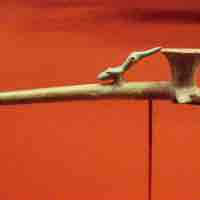Chapter 25
The Americas After 1300 CE
By Boundless
Tenochtitlan, the Aztec capital city from 1325-1521, is one of the most magnificent architectural accomplishments of the Aztec empire.

The Aztecs excelled in sculptures made of stone and other material, ranging from small works of art to monumental buildings.

Featherwork, or the working of feathers into clothing and artifacts, was an especially elaborate practice among the Aztecs.
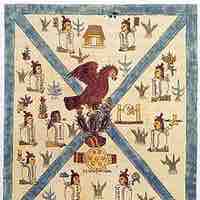
Aztec codices, or pictorial manuscripts, are among the best primary sources of information on Aztec culture.

The Inca capital city of Cusco is one of the finest examples of both traditional Inca and colonial architecture.
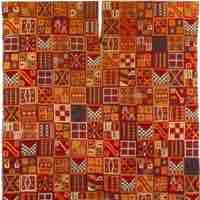
The Incas were highly regarded for their textiles, which were influenced by the artistic works of the pre-Inca Chimú culture.
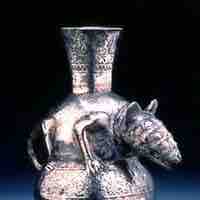
The Inca were well-known for their use of gold, silver, copper, bronze, and other metals for tools, weapons, and decorative ornaments.
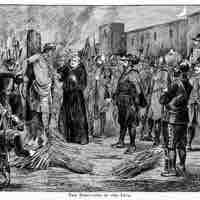
After the fall of the Inca Empire, many aspects of Inca culture were systematically destroyed or irrevocably changed by Spanish conquerors.
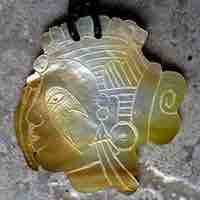
The Eastern Woodlands cultures lived east of the Mississippi River and are best known for their beadwork and pottery.
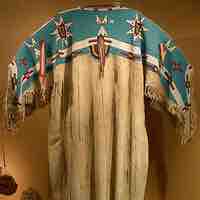
Great Plains Native Americans are well known for their buffalo hide paintings, quillwork, and elaborate beadwork.
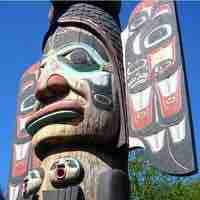
Art from the indigenous peoples of the Northwest Coast and Alaska is distinguished by its complex woodcarvings and its use of formline.
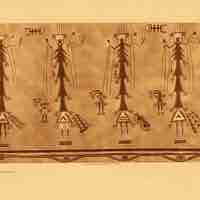
The indigenous peoples of the Southwest created magnificent works of pottery, jewelry, painting, weaving, and architecture.
